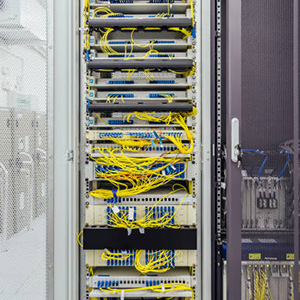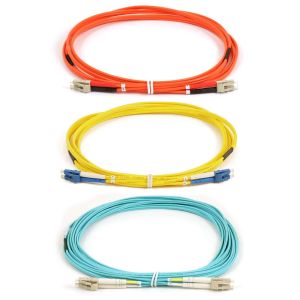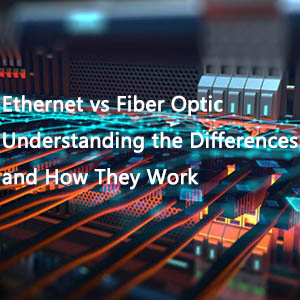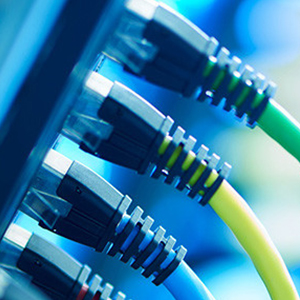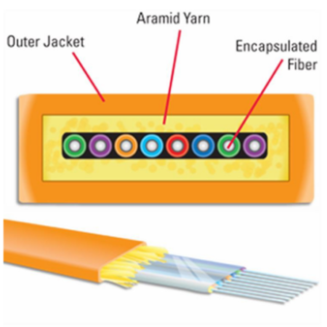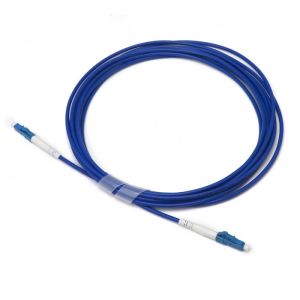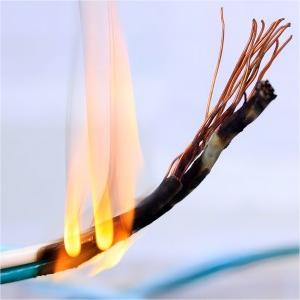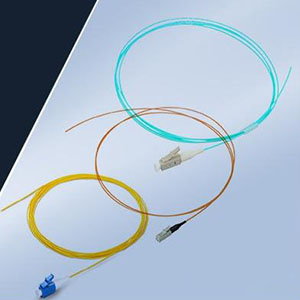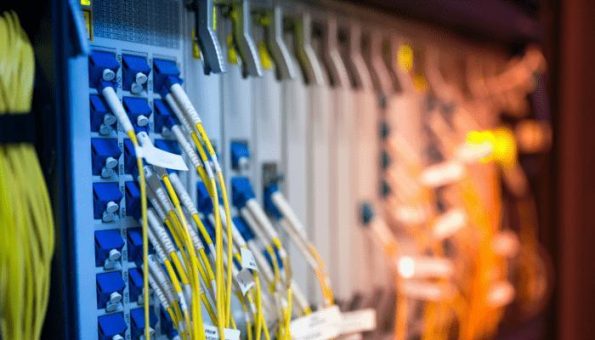
To select the appropriate indoor fiber optic cable, it’s essential to grasp the fundamental types available. These cables are primarily categorized into single-mode and multimode fibers.
Single-Mode Fiber:
Single-mode fiber is engineered for light to travel in a single path, characterized by a smaller core diameter. Its key benefit is the capacity for long-distance, high-speed data transmission with substantial bandwidth. This makes it ideal for home networks that demand extensive bandwidth and transmission over greater lengths. For instance, to link your home’s basement to the second floor, single-mode fiber’s long-haul capabilities shine. Adhering to the 9/125µm standard, it supports transmissions over several kilometers, fitting most high-demand residential uses.
Multimode Fiber:
Multimode fiber facilitates light propagation across various paths, featuring a larger core diameter. It’s prized for its cost-effectiveness in short-range applications and straightforward installation, perfect for internal home networking. When setting up connections between rooms, multimode fiber minimizes costs and eases the installation process. Common standards are 50/125µm or 62.5/125µm, fitting for home LAN connections with distances typically under a few hundred meters.
Selecting Fiber Specifications:
Once you’ve identified the fiber type, consider its detailed specifications. The core diameter is pivotal, with 62.5/125µm and 50/125µm being prevalent in multimode fibers. The former is suited for shorter distances, while the latter offers higher bandwidth and extended reach. For single-mode, OS1 is tailored for shorter indoor applications, and OS2 for longer outdoor or high-bandwidth needs. When picking specifications, factor in your home’s specific requirements, including distance, bandwidth, and budget.
Fiber Type:
Fiber types vary in performance and applications. OS1 and OS2 pertain to single-mode fibers, with OM1, OM2, OM3, and OM4 representing multimode grades, each with distinct transmission ranges and bandwidths. Consider your home network’s current and future needs. If higher bandwidth is anticipated, OM3 or OM4 multimode fibers might be a prudent choice.
Sheath Type Considerations:
The sheath type impacts the cable’s performance and suitability for different settings.
PVC Sheath:
The PVC sheath is standard, affordable for general indoor use. However, it’s less durable in high-temperature scenarios. For regular home environments, PVC suffices, but other options may be necessary for extreme conditions.
LSZH Sheath:
LSZH (Low Smoke Zero Halogen) sheaths are environmentally friendly, emitting less smoke and toxins when burned, ideal for safety-conscious homes. They’re a wise choice, especially in homes with vulnerable residents.
Plenum Sheath:
Plenum sheaths are flame retardant, ideal for air-handling spaces. While less common in homes, they’re suitable for high-safety environments or when cables run through air ducts.
Determining Cable Connection Method:
The connection method influences installation ease and device compatibility.
Connector Type:
Choose connectors compatible with your devices. SC connectors are standard in data centers, while LC connectors fit high-density systems. Understanding device requirements ensures seamless integration.
Pre-Terminated vs. Field-Terminated Cables:
Pre-terminated cables simplify DIY installations, whereas field-terminated ones offer flexibility but require professional handling. Opt for pre-terminated for straightforward setups or field-terminated for customized installations.
Price Factors:
While price is crucial, prioritize quality and performance over the lowest cost. Inexpensive cables might not meet long-term needs.
Brand and Quality:
Choose reputable brands for quality assurance and reliable after-sales service, ensuring performance and support.
Future Expandability:
Select cables that can accommodate future technological advancements to avoid frequent replacements. If you plan to expand your network, choose expandable cables.
Conclusion:
Selecting the right indoor fiber optic cable involves considering type, specifications, sheath, connection method, price, brand, and future needs. Single-mode is for long-distance, high-bandwidth needs, while multimode is for short-range, cost-effective solutions. The right sheath ensures durability and safety, and the connection method affects installation and compatibility. Lastly, consider the brand’s reputation and the cable’s expandability for long-term value.
Recommendation:
For enhancing your home network, consider FiberLife’s multi-core fiber optic jumpers. They comply with environmental standards, offering various connectors like SC, FC, LC, and ST. With customizable core options and branch sizes, they meet diverse networking needs. Each jumper is rigorously tested for performance and reliability, serialized for identification, and packaged for convenience.

